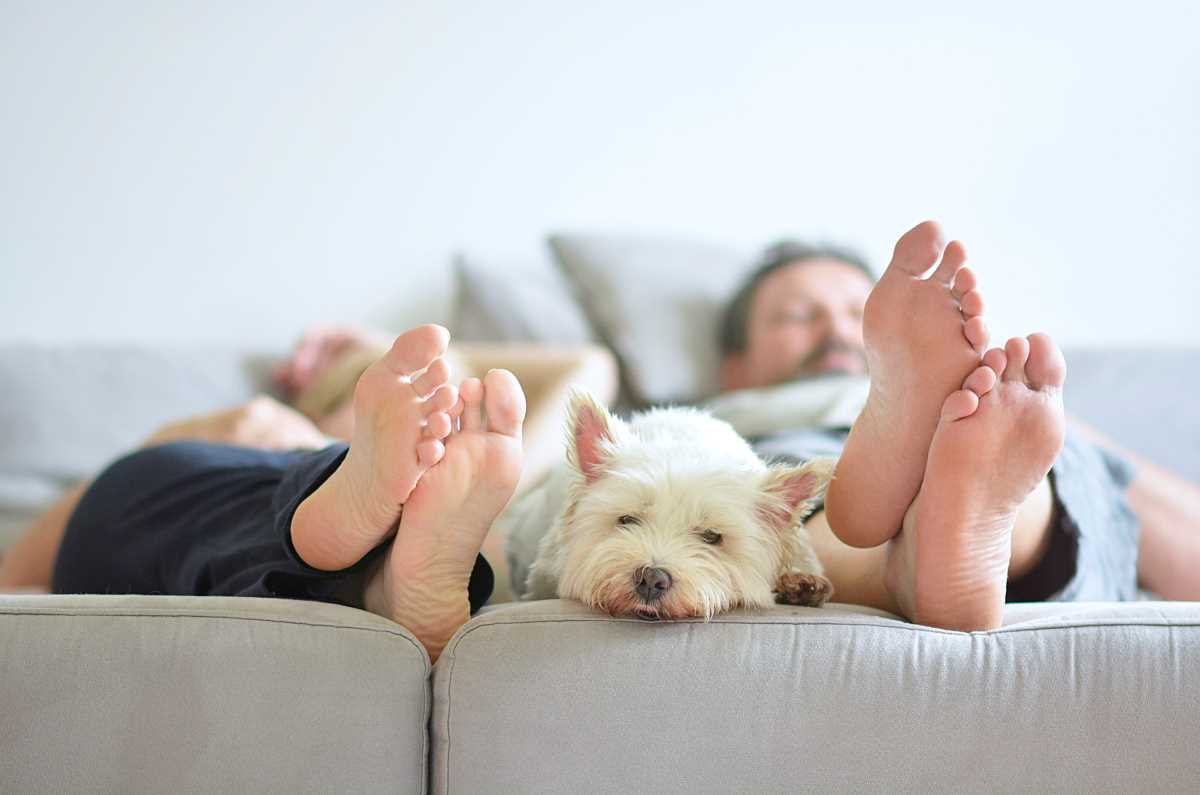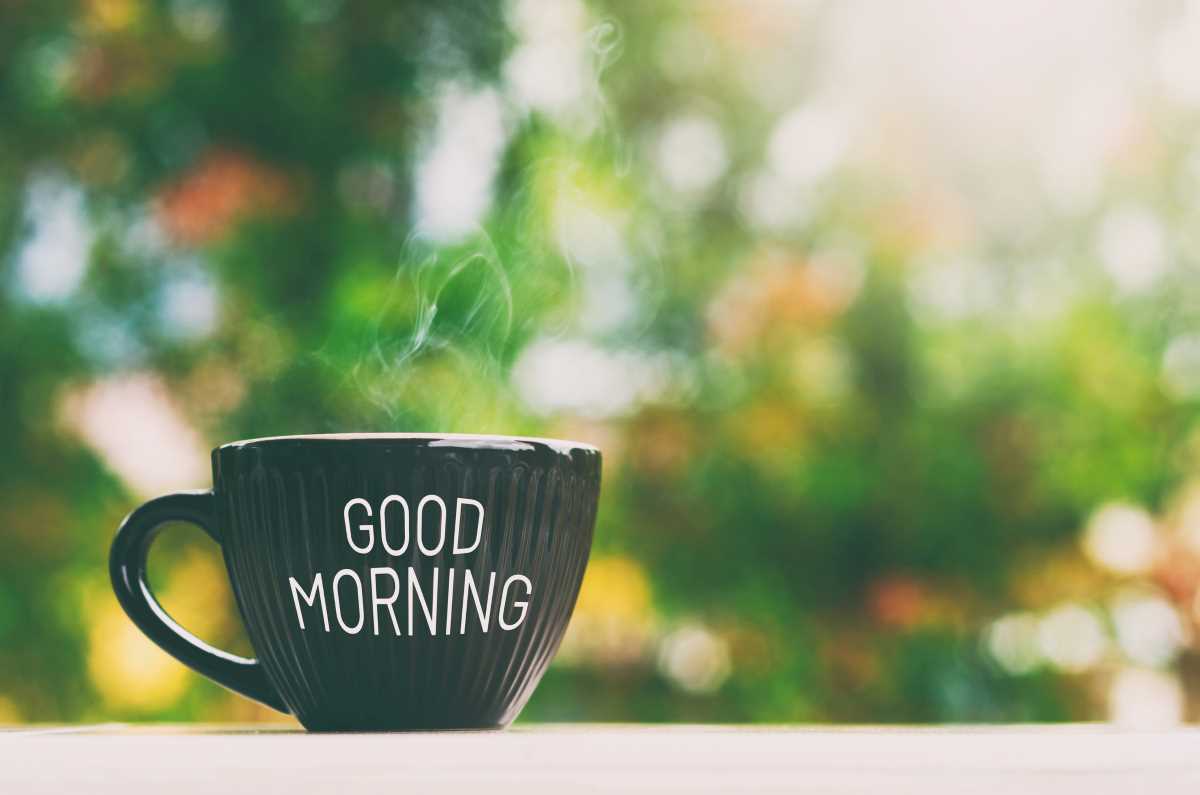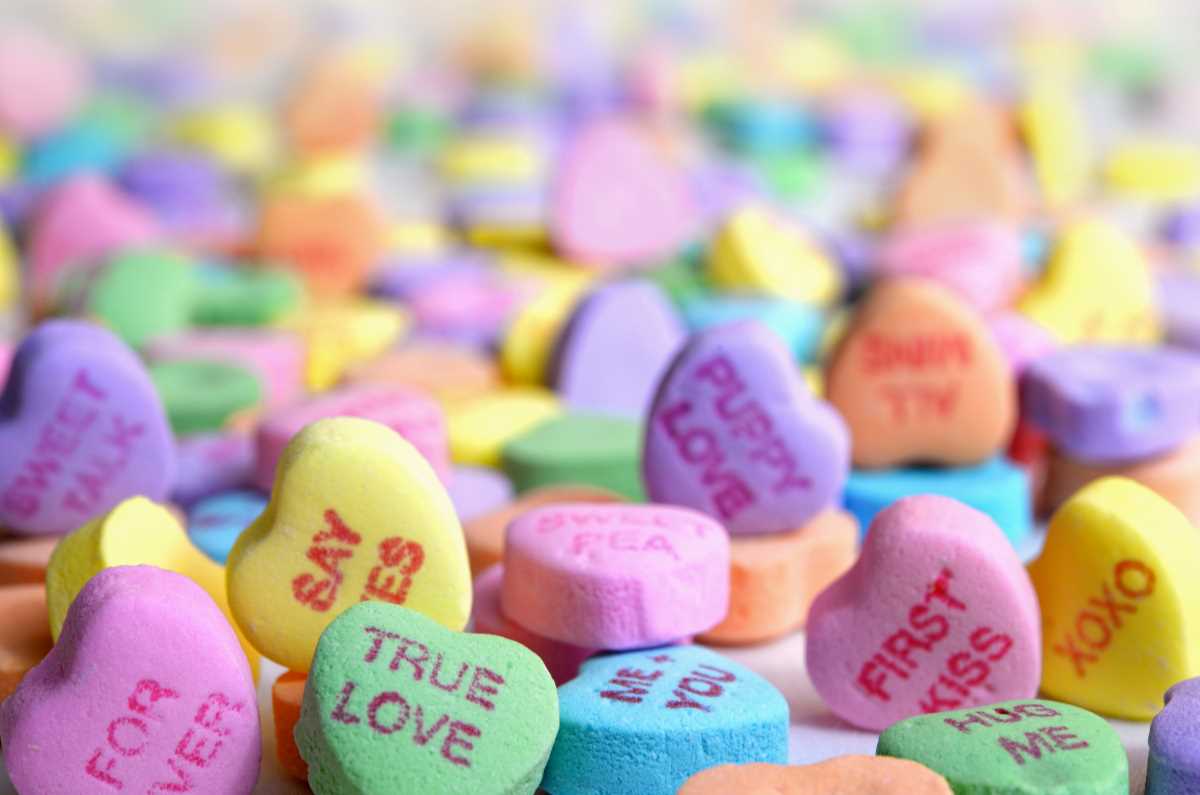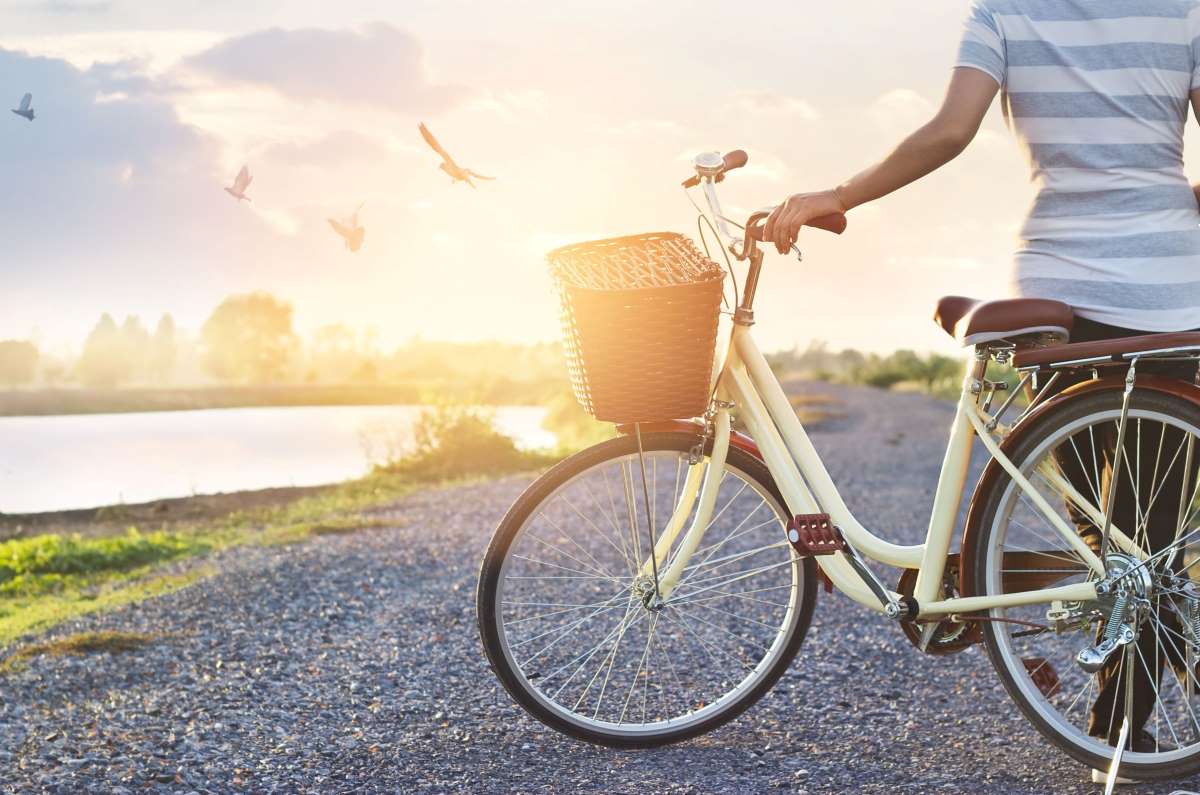Tips to help you in the garden
Note: Apologies in advance. At the time of writing, I was in a pun-ey state of mind 😂. I’m a ‘succa’ for a bad pun or dad joke. Hopefully, it ‘grows’ on you. 😣
With spring well and truly in the air, our gardens are coming alive 🌻🌼🌷. It’s the perfect excuse to get outside and dig in the dirt. Time to celery-brate!
Gardening’s a wonderful way to get some fresh air and vitamin D. It can also be extremely relaxing and a good workout. What’s not to love?
But sometimes your condition or pain may affect your ability to garden. Fortunately, there are things you can do to manage these issues. It just takes a little trowel and error. Here’s our sage advice.
Lettuce do our best: Pacing
It’s easy to get carried away and overdo things when you’re feeling good and having a great time in the garden. But you generally pay for it the next day (or three 😑) with increased pain and fatigue. That’s why it’s so important that you pace yourself.
Break your gardening projects into smaller jobs – for example, weed a small section of a garden bed rather than the entire thing. Or, mow the front lawn one day and the back lawn the next.
Not everything has to be done at once, though your inner perfectionist may want that. Don’t listen to that voice! Instead, make a realistic plan about how much you can do and stick to it.
And remember to take regular breaks. That’ll help you conserve your energy, and it’s also a good opportunity to drink some water while you sit back and admire your work, contemplate what to do next, and imagine future gardening projects 😊.
Just dill with it: Warming up is important
Gardening is physical, so get your body ready for it, just as you would before doing any form of exercise. Do some stretches, or go for a walk around your yard or the block, so your muscles warm up, and you feel looser. Then ease into the gardening.
Cactus makes perfect! Good posture and technique
Be aware of your posture and use good technique when lifting and carrying things. It’s easy, especially if you’ve been working all day and you’re tired, for poor technique to slip in. Remember to carry things close to your body (or use a wheelbarrow or cart), be careful when kneeling or squatting that you don’t overbalance and maintain the natural curve of your spine. Try not to stay in the same position or do lots of repetitive movements for long periods. Swap your activities to use a range of muscles and joints rather than overworking one part of the body. For example, if you’ve been digging and giving your back and shoulders a solid workout, take a break and sit at a garden bench while you pot some herbs or cuttings.
Do you have the thyme? Know your limits
Planning is essential to ensure you don’t become a slave to your garden and constant weeding, mowing and pruning. Ask yourself – ‘what can I realistically do?’ Consider the size of your garden, the amount of work required to maintain your garden, how much time you want to commit to it, and how your health may affect what you can do now and in the future. Once you’ve considered these factors, you can consciously plan a garden that works for you and not against you.
No need to grow big or go home: There’s beauty in small things
Love gardening but don’t have the time, space or inclination to commit to regular gardening? Then go small. Have a few indoor plants or small containers on your patio, deck or balcony. You can still enjoy gardening on a small scale that suits your lifestyle.
If bush comes to shove: Love local
Take some of the time, money, effort and excessive water use out of gardening and choose native plants that are indigenous to your local area. Because they’ve adapted to local environmental conditions, they generally require less maintenance and water. And they’re less likely than more high-maintenance plants to keel over and die on you, saving you the cost of replacing them. Plus, they attract native insects and birds to your yard. And let’s not forget the fact that they’re stunning!! Win, win, win! 🌿 For information and resources about using natives in your garden, visit the Australian Native Plants Society website.
Pot it like it’s hot: Contain your garden
Use pots and other containers for small, manageable gardens. This is perfect if you only have a small space, live in a rental property, or want the flexibility to change plants and plant locations regularly. You can use regular garden pots or containers, or be creative and use other things you have lying around – e.g. old wheelbarrows, teapots, colanders, tyres, and boots.
Check out Pinterest for some great ideas – just make sure you have plenty of time – Pinterest is a great place to lose track of time. You’ve been warned! 😂😂
What a re-leaf! Raised and vertical gardens
If you have a sore back, hips or knees, give them a break by using raised garden beds and vertical gardens. While these gardens can take a bit more planning and work, they allow you to access your garden with much less bending or kneeling. You can build your own – there are lots of videos and guides online to show you how to do this – or you can buy them in various shapes and sizes from gardening and hardware stores.
Say aloe to my little friend: Tools and gadgets
There’s a massive range of gardening tools and equipment to help you manage in the garden. They’ll help prevent injury, pain, and fatigue. Depending on the size of your garden and the amount of time you spend in it, some tools you may want to have on hand include:
- Gardening gloves. It’s worth paying a bit more and getting a good quality pair (or two) that provide some padding, good grip and protect your skin.
- Tools that do the work for you. This includes ratchet-style secateurs that allow you to cut branches with much less effort and long-handled tools that save you from bending down to weed or stretching overhead to reach branches.
- Thicker handled garden tools. They’re perfect if you have sore hands or difficulty gripping. You can also buy thick rubber or foam tubing from the hardware store, cut it to length and fit it over the handles of your existing gardening tools.
- Wheelbarrows or garden carts help you carry heavier items from one place to another or several smaller things in one go. Just be careful not to overload it or try to move more than you know you should. Listen to your body.
- Cushioned knee supports. This includes knee pads, kneeling mats, or gardening stools that can help cushion and protect your knees and help you get up and down off the ground.
I’m very frond of you: Asking the crew to get involved
Get some help – from family, friends, a local handyman, or gardener – if you have some big jobs that need doing. For example, creating raised garden beds, pruning trees, and mowing lawns. You don’t have to do everything. Save the things you really enjoy for yourself and let someone else tackle the less enjoyable jobs. 😊
Water you doing today? Staying hydrated
Gardening can be hot, strenuous work, so don’t become dehydrated. Make sure you drink plenty of fluids and stay hydrated. Tuck a water bottle in your garden cart or have it on your porch ready for when you need it.
And speaking of water, use a lightweight watering can or a garden hose when watering your garden. And be careful you know where the hose is at all times to avoid tripping on it 😫.
Here comes the sun(flower): Protecting yourself from harmful rays
The warming spring weather and longer hours of sunlight give us many more opportunities to work and play in the garden. But you need to balance the desire to be outdoors with protecting yourself against sunburn, skin cancer, photosensitivity and flares. And ensuring you get your daily dose of vitamin D. But there are ways you can find the right balance – from using sunscreen, wearing a hat and appropriate clothing, seeking out shade and more. Find out how.
Time to turnip the heat: Loosen those tired muscles
After your exertions in the garden, have a warm shower. Even when you pace yourself and take it easy, muscles can become tight, especially if the weather is on the cooler side. Or, if it’s been warm while you’ve been gardening, a shower can loosen those muscles and cool you down. After you’ve showered, try not to sit down immediately if you can help it. Go for a short walk to continue to loosen things up. You’ll feel so much better for it in the long run.
Need some encourage-mint? See an OT
An occupational therapist can help you find ways to modify your activities to reduce joint pain and fatigue and save energy. They can also give you tips and ideas about different aids and equipment available to make gardening easier and more enjoyable.
Don’t moss around, get out there!
With the weather warming up, getting outdoors and playing in the garden is a lovely way to forget the worries of the world. It really can give you some inner peas.😊
So plant some bright flowers in pots or garden beds around the entrance to your house. Prune trees and shrubs and remove any dead winter growth. Add some mulch to the garden beds. Plant some vegies for summer salads. Then grab a cold drink, sit back and enjoy the fruits of your labours.
“We might think we are nurturing our garden, but of course, it’s our garden that is really nurturing us.”
Jenny Uglow
Contact our free national Help Line
Call our nurses if you have questions about managing your pain, musculoskeletal condition, treatment options, mental health issues, COVID-19, telehealth, or accessing services. They’re available weekdays between 9am-5pm on 1800 263 265; email (helpline@msk.org.au) or via Messenger.
More to explore
- 10 gardening tips for arthritis patients (video)
Johns Hopkins Rheumatology - Better Homes and Gardens
- Ergonomic gardening tips for arthritis patients (video)
Johns Hopkins Rheumatology - Gardening Australia
ABC - Gardening for health – starting out
Better Health Channel - Gardening with arthritis: 5 habits to avoid pain and joint strain
Creaky Joints - Gardening with arthritis: Tips for preventing joint pain
Arthritis Foundation - Gardening
Versus Arthritis - Keen to plant natives? Start with these seven
ABC - Tips for easier gardening with arthritis using the 3 P’s
Arthritis Research Canada - Top 10 tips for gardening with arthritis
Arthritis Society Canada


















